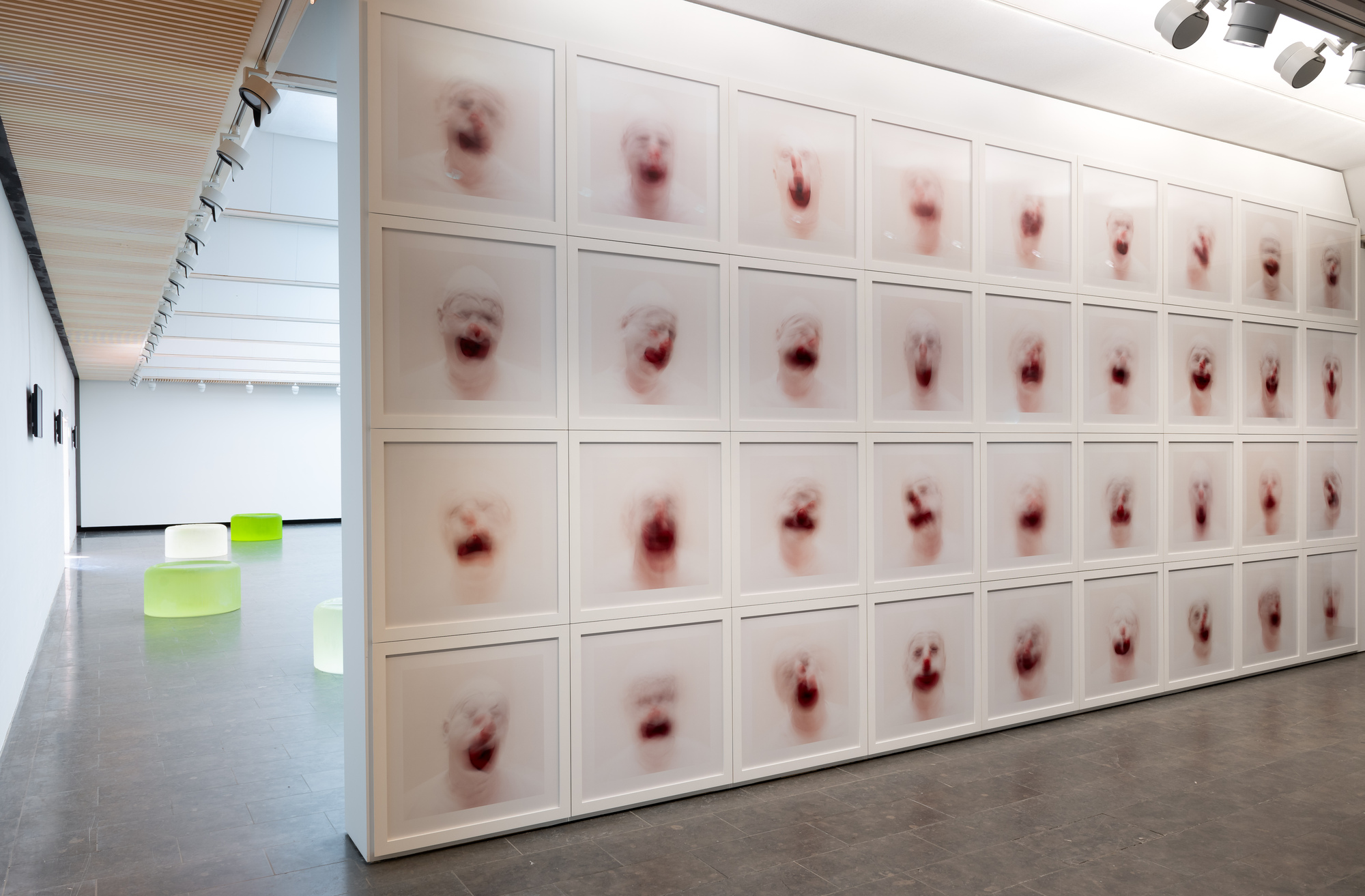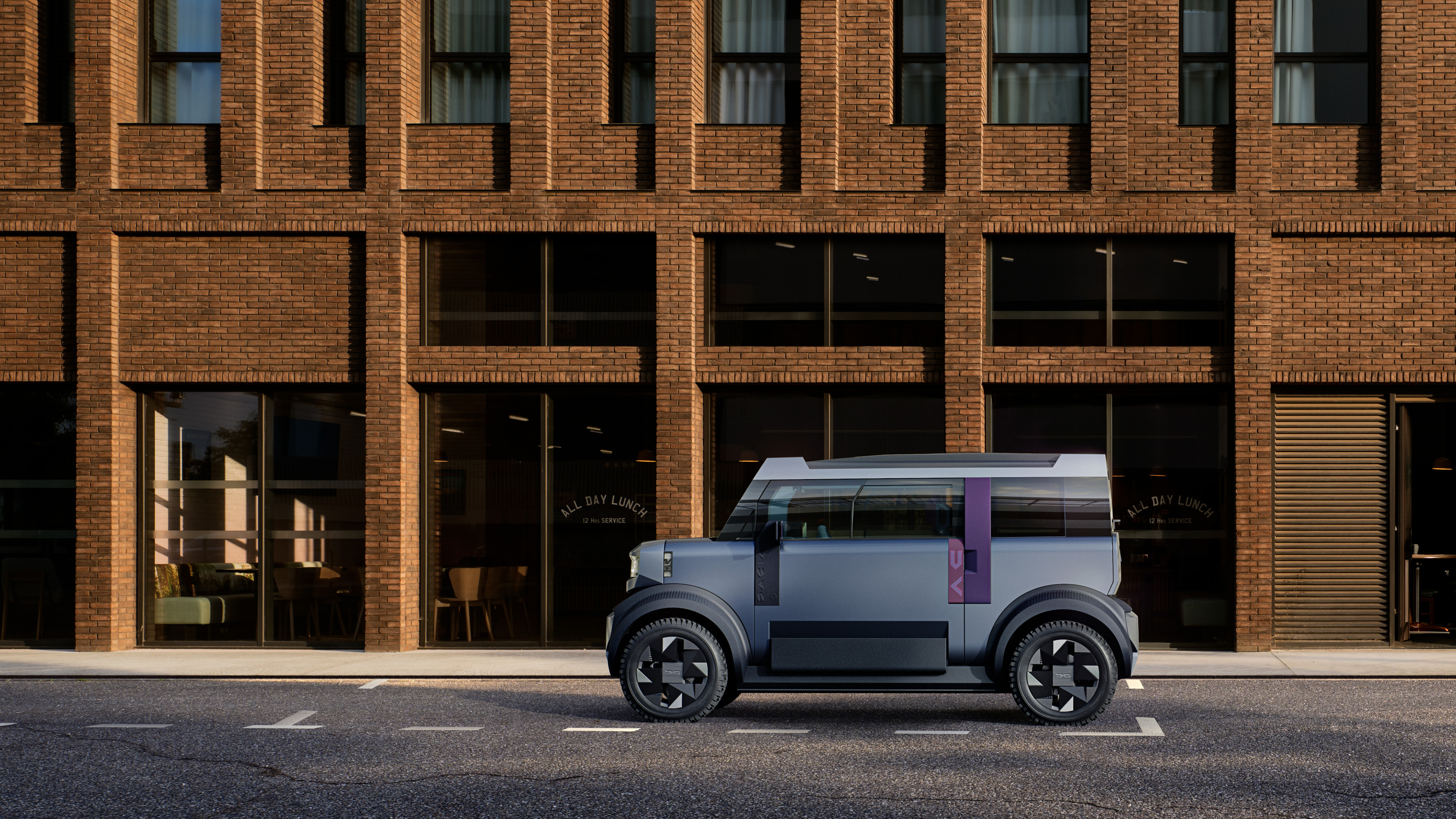Roni Horn’s retrospective reflects her ‘refusal to fit into the mould of social expectations’
Roni Horn presents ‘The Detour of Identity’, her current solo exhibition at the Louisiana Museum of Art in Denmark

Roni Horn has spent her life making detours. For her, taking the road less trodden is an artistic act as well as a necessity and a form of resistance. ‘Refusing to fit in the mould of social expectation forced me to find a way through that was more true or respectful of myself,’ she tells me over Zoom.
Roni Horn presents ‘The Detour of Identity’

Roni Horn, Untitled (Weather) (2010–11; detail)
Horn, who is now in her late sixties, grew up in suburbs of New York and knew from a very early age that she needed ‘to be in art’. ‘[I] understood that I would be doing it for the rest of my life. I don’t know how I knew that but I did and that gave me the advantage of longevity: I knew I was just going to keep going.’

Roni Horn, ‘The Detour of Identity’, Louisiana Museum of Art, installation view
It’s a process that has necessitated periodically distancing herself from everyday life and searching out ‘a certain kind of discomfort’. Since graduating from Yale in 1978, where she chose to study sculpture because working in three dimensions meant ‘you could do anything’, she has taken multiple solo motorcycle trips around Iceland. She lived for a period in a lighthouse on the island’s southern coast and camped in a tent in an effort to ‘be in landscape’ to the point that she decided to not take any books, but even without a physical journey, the creation of her work involves what Horn calls ‘acts of attention… it’s absolutely demanding’. She has never been interested in stating her intentions or the meaning of her work, but she hopes that by encountering it people will also enter into a similar ‘zone’ of attention.

Roni Horn, ‘The Detour of Identity’, Louisiana Museum of Art, installation view
To that end, her photographs and objects rarely come singly, but as doubles, or in the case of images, in series: they invite you to look again, to find similarities and differences, to see things that perhaps aren’t even there. For her 2009 solo exhibition at London’s Tate Modern she had the idea of creating ‘a group show of herself’, which she playfully titled ‘Roni Horn aka Roni Horn’, while the installation Still Water (The River Thames, For Example) (1999) comprises images of the river accompanied by footnotes that evoke the idea of not a single narrative but many, overlaid on top of one another like a crowd of voices, clues or misdirections.

Roni Horn, ‘The Detour of Identity’, Louisiana Museum of Art, installation view
‘The Detour of Identity’, her current solo exhibition at the Louisiana Museum of Art in Denmark (until 1 September 2024), and one of two major museum shows dedicated to Horn this year, continues the theme of mutability, but it is the first time her work is being shown in dialogue with film at this scale. The idea came from Jerry Gorovoy, Horn’s longtime friend and former assistant to Louise Bourgeois, who also curated the show and joins us on the Zoom call from his own office in New York. ‘He knows my work probably better than pretty much anybody,’ says Horn by way of explanation. ‘I felt very comfortable giving him free rein.’ This is saying a lot from an artist who is known for insisting on particular conditions in which to show her work, namely, natural light and absolutely no LEDs, which ‘flatten the work completely’.

Roni Horn, ‘The Detour of Identity’, Louisiana Museum of Art, installation view
At the Louisiana, key pieces from throughout Horn’s four-decade career, such as Portrait of an Image (with Isabelle Huppert) (2005-06), an installation comprising 100 photographs of the French actor’s face impersonating herself in her own film roles, Cabinet Of (2001-02), and a number of her cast glass sculptures, are installed, alongside clips from films by the likes of Hitchcock, von Trier and Bergman that draw out nuanced ideas around identity politics as well as violence and sexuality. ‘When an artist emerges, their work gets read in a certain way and a lot of the time that first reading ends up being repeated. It’s not totally off base, but it can be quite limiting,’ Gorovoy says. ‘I wanted to open up the work to things I saw – not necessarily things that Roni is expressing but that are there nevertheless.’

Roni Horn, ‘The Detour of Identity’, Louisiana Museum of Art, installation view
For Horn, the exhibition hasn’t altered her own perception of her work so much as it has revealed how the influence of film has trickled down through her practice over the years. In watching the clip Gorovoy selected from Carl Dreyer’s The Passion of Joan d’Arc, for instance, Horn was able to see similarities between the close-crop images of Joan’s face and many of her own photographic series, such as You Are the Weather (1994–95), which captures the nuanced facial expressions of a woman responding to different types of weather. Elsewhere, the pairing highlights synergies between narrative elements, visual patterns or atmospheres. Ultimately though, the films, Gorovoy explains, are ‘a reference point’, another layer of information that might invite new perspectives on the work without taking away from its ‘experiential quality’ and ambiguity.
Receive our daily digest of inspiration, escapism and design stories from around the world direct to your inbox.

Roni Horn, Brink of Infinity, 1991/97.
As for Horn: ‘I feel very much the same way I did 40 years ago: what comes next? You’re really reliant on all of this circumstantial flow as a guide and an inspiration, keeping you in the shadow of knowledge as opposed to knowing all the time. It’s a very uncomfortable place to be in, but I seek it out.’
Roni Horn presents ‘The Detour of Identity’ at the Louisiana Museum of Art, until 1 September 2024 louisiana.dk
Millie Walton is a writer, editor and curator based in Somerset. Her writing has appeared in The Guardian, Burlington Contemporary, Flash Art, Plaster and Wallpaper, among other titles
-
 Year in review: the shape of mobility to come in our list of the top 10 concept cars of 2025
Year in review: the shape of mobility to come in our list of the top 10 concept cars of 2025Concept cars remain hugely popular ways to stoke interest in innovation and future forms. Here are our ten best conceptual visions from 2025
-
 These Guadalajara architects mix modernism with traditional local materials and craft
These Guadalajara architects mix modernism with traditional local materials and craftGuadalajara architects Laura Barba and Luis Aurelio of Barbapiña Arquitectos design drawing on the past to imagine the future
-
 Robert Therrien's largest-ever museum show in Los Angeles is enduringly appealing
Robert Therrien's largest-ever museum show in Los Angeles is enduringly appealing'This is a Story' at The Broad unites 120 of Robert Therrien's sculptures, paintings and works on paper